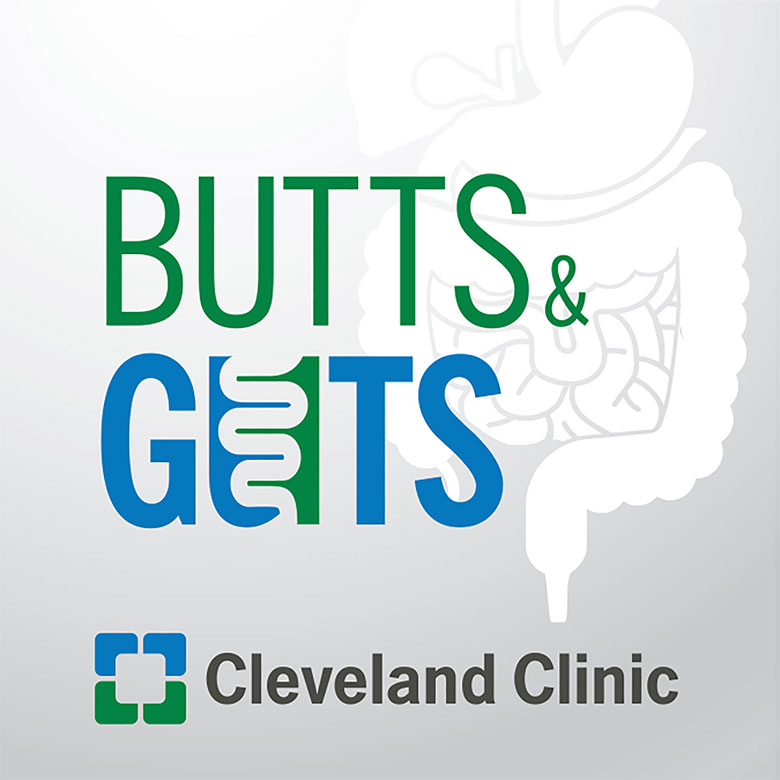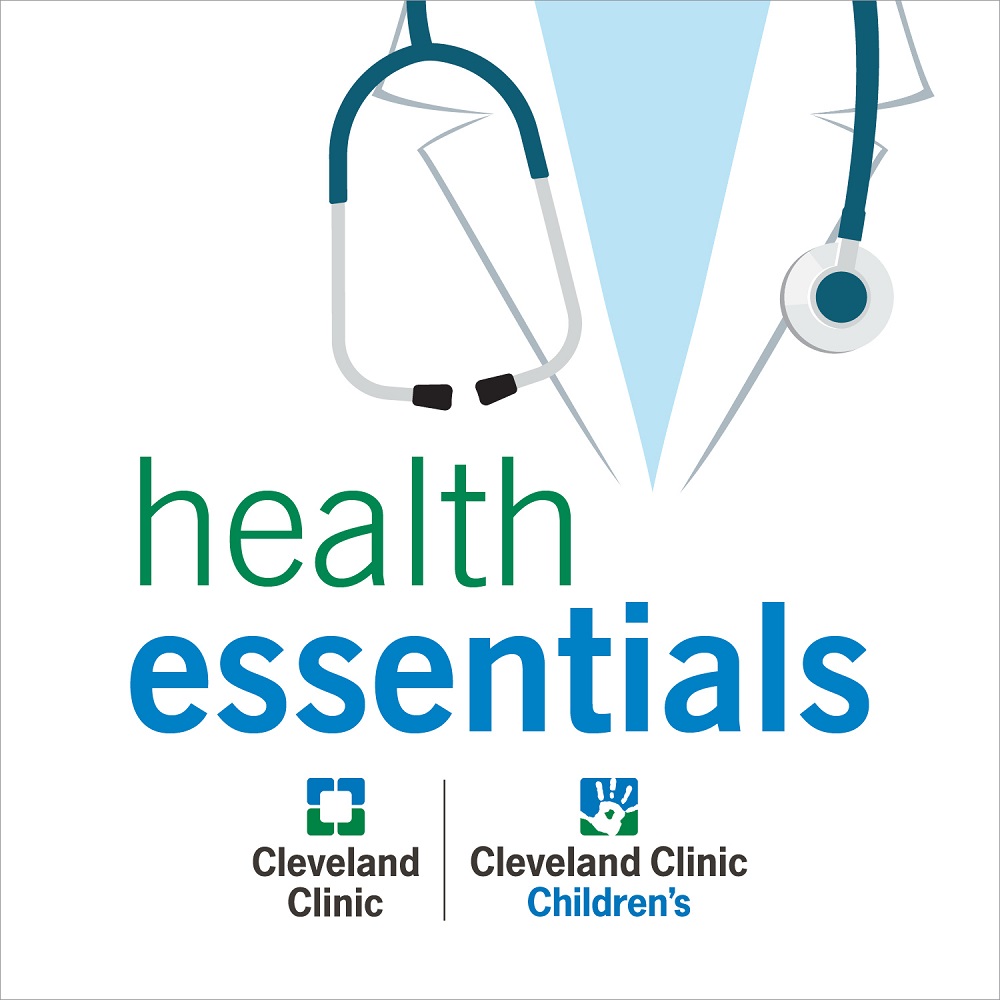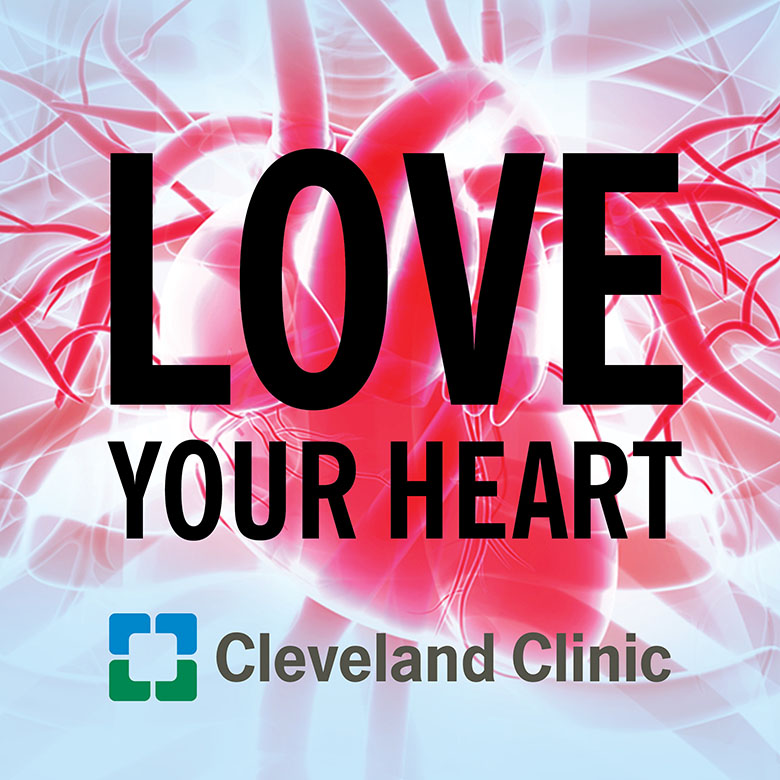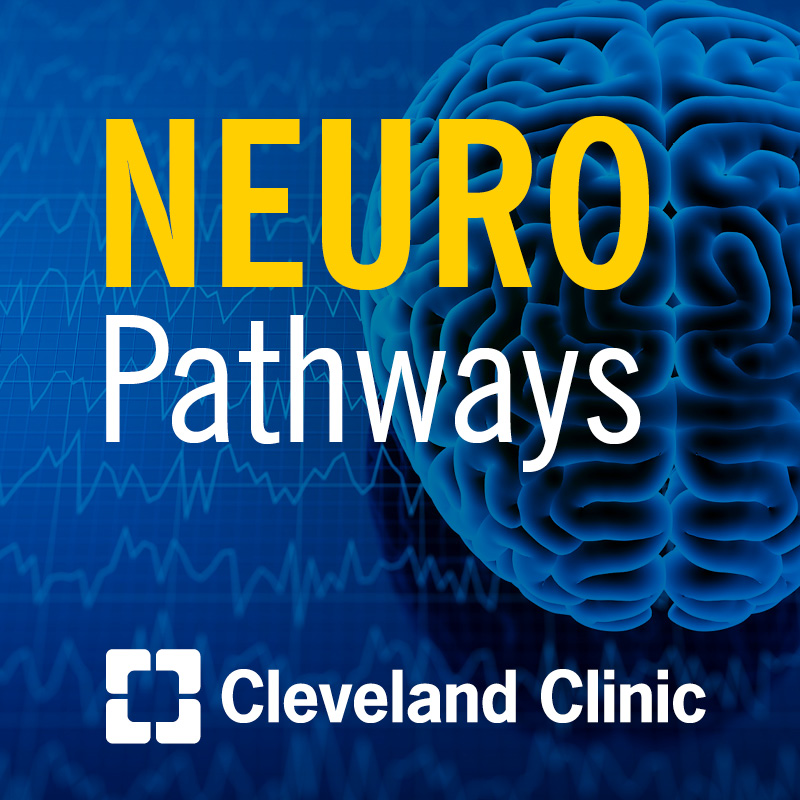TANDEM Insights: Trial Results and Clinical Implications

Learn about the promising results of a fixed-dose combination therapy trial that achieved up to a 50% reduction in LDL cholesterol. Steven Nissen, MD and Ashish Sarraju, MD discuss how this CETP inhibitor-based therapy compares to monotherapies, its potential role in treating high-risk cardiovascular patients, and what it could mean for the future of hyperlipidemia management.
Looking to refer a patient? Please reach out to our Physician Referral team Mon. - Fri., 8 a.m. - 5 p.m. (ET) at 855.751.2469.
Subscribe: Apple Podcasts | Podcast Addict | Buzzsprout | Spotify
TANDEM Insights: Trial Results and Clinical Implications
Podcast Transcript
Announcer:
Welcome to Cardiac Consult, brought to you by the Sydell and Arnold Miller Family Heart, Vascular and Thoracic Institute at Cleveland Clinic. This podcast will explore the latest innovations, medical and surgical treatments, diagnostic testing, research, technology, and practice improvements.
Steven Nissen, MD:
I'm Dr. Steve Nissen. I am the Chief Academic Officer of the Heart, Vascular and Thoracic Institute, and I'm here with Dr. Ashish Sarraju. Ashish, introduce yourself if you would.
Ashish Sarraju, MD:
Of course. My name's Dr. Ashish Sarraju. I'm a preventive cardiologist and associate staff here at the Heart, Vascular and Thoracic Institute at the Cleveland Clinic.
Steven Nissen, MD:
Ashish, you recently published in The Lancet a manuscript describing the effects of the combination of Obicetrapib and Ezetimibe. Now everybody knows about Ezetimibe. Tell us a little bit more about Obicetrapib. What is it? How does it work?
Ashish Sarraju, MD:
Absolutely, and of course, Dr. Nissen, you know the research well, being the chair of the executive committee of that trial. Now, the trial was called TANDEM and it studied this combination of Obicetrapib and Ezetimibe. Obicetrapib falls into a category of medications that we call CETP inhibitors or cholesterol ester transfer protein inhibitors. This is a class of medications that is not new in cardiology, but Obicetrapib is new to cardiology, and through its actions on CETP inhibition, it lowers LDL cholesterol, which we know is a primary target to reduce cardiovascular risk. It can raise HDL cholesterol, which was a former goal of the CETP inhibitor development program. And by lowering LDL cholesterol and atherogenic lipids, the hope is that it has favorable effects on our targets to reduce risk in patients with cardiovascular disease.
Steven Nissen, MD:
So TANDEM was a little bit of a different kind of trial. It had four treatment arms.
Ashish Sarraju, MD:
Yes.
Steven Nissen, MD:
Why don't you tell us about the treatment arms that you studied and why it was done in the way that it was done?
Ashish Sarraju, MD:
Yeah, absolutely. TANDEM, which is aptly named, included a combination of Obicetrapib and Ezetimibe at fixed doses combined in a single medication. Ezetimibe, as you pointed out, is a well-established lipid-lowering medication. Now that was compared with three other arms. The three other arms were Obicetrapib alone at the same dose of 10 milligrams, as in the combination pill; Ezetimibe at the standard dose of 10 milligrams; and of course, a placebo arm. This was a double-blind trial, meaning neither the participants nor the investigators knew which patient was getting which intervention, and patients were randomized to one of these four arms during the trial.
Steven Nissen, MD:
What were the comparisons that were made? Were all of these drugs compared to placebo? How did it work?
Ashish Sarraju, MD:
Yeah, absolutely. I think the goal here really was to understand primarily the lipid lowering efficacy of the fixed dose combination of Obicetrapib and Ezetimibe. So, the comparisons were made between Obicetrapib/Ezetimibe combination therapy and placebo, then the combination pill and Obicetrapib alone, and the combination pill and Ezetimibe alone. We also compared the Obicetrapib monotherapy arm with placebo to understand what the monotherapy does by itself.
Steven Nissen, MD:
Yeah. And I think one of the important things for everyone to understand is that this is a regulatory trial, so this will be used by the Food and Drug Administration to determine whether or not to approve this fixed dose combination for treatment of patients with an elevated LDL cholesterol. And the FDA requires that you compare each of the components of a fixed dose combination by themselves.
Ashish Sarraju, MD:
That's right.
Steven Nissen, MD:
And then compare the combination to these other interventions, so you end up with four arms.
Ashish Sarraju, MD:
That's exactly right.
Steven Nissen, MD:
How big was the trial?
Ashish Sarraju, MD:
So, the trial randomized 407 participants, and of course, as you know, the sample size is determined by a calculation of the power required to detect a meaningful difference in lipid lowering between each of the arms.
Steven Nissen, MD:
What did the participants look like? Basically, what were their characteristics?
Ashish Sarraju, MD:
So, the trial enrolled participants who, broadly speaking, either had a high risk for cardiovascular disease, specifically atherosclerotic cardiovascular disease, or had established atherosclerotic cardiovascular disease, or they had a condition called heterozygous familial hypercholesterolemia, which we know is a risk enhancing condition for ASCVD. So, these participants were nearly 50% women, which we are very happy about.
Steven Nissen, MD:
Indeed.
Ashish Sarraju, MD:
Yeah, 14% or so, Black or African American. Again, reaching our pre-specified quality goals for enrollment that adequaltiy includes people from different backgrounds and experiences. And these were all participants who did not have adequately controlled LDL cholesterols despite being on maximally tolerated therapies to lower their cholesterol at baseline. Now we define that as LDL cholesterol exceeding 70 milligrams per deciliter, which is typically our minimum goal for people who are high risk.
Steven Nissen, MD:
Yeah. And these were people approximately what age?
Ashish Sarraju, MD:
They're approximately in their sixties.
Steven Nissen, MD:
Yeah.
Ashish Sarraju, MD:
Yeah.
Steven Nissen, MD:
Okay. All right, so let's talk about the results. Perhaps you could take us through each of the arms of the trial and tell us the degree of LDL lowering that we're seeing. The primary input was LDL cholesterol reduction.
Ashish Sarraju, MD:
That's exactly right.
Steven Nissen, MD:
So, tell us about the effect size for each of the arms.
Ashish Sarraju, MD:
Yeah, approximately speaking, when you look at each of the arms and the degree of LDL cholesterol they got lowering from baseline, with the fixed dose combination therapy, we got the maximal amount of LDL lowering from baseline, around 45-50% range. In the Obicetrapib monotherapy trial, it was around 30%. Ezetimibe, a little lower than that, but not out of range of what we'd expect, around 20%. And of course, with placebo, there's really no significant effect.
Steven Nissen, MD:
No effect at all. How well tolerated was this CETP inhibitor, Obicetrapib?
Ashish Sarraju, MD:
So it was actually very well tolerated, especially when you compare to the other monotherapy arms, but even across the four arms, we did not see any evidence of serious adverse events, drug-related adverse events, or pre-specified events of special interest that we had predefined in advance knowing what we know about the profile of the drug.
Steven Nissen, MD:
So, how will this fixed dose combination potentially contribute to treatment of patients with hyperlipidemia? How do you see this drug fitting in?
Ashish Sarraju, MD:
When it comes to lipid lowering, that is a primary target for us to reduce risk in people with hyperlipidemia, especially people who have high risk or have ASCVD. We know from treating these patients, you and I both in clinic, that many patients don't get to their simple LDL goals despite everything we have available. And the reasons for that are multifactorial, which makes it important for us to have multiple options so that we can customize a treatment plan to how the patient wants to take their medication or lower injectable, what sort of side effect profile they may have with the medication, and what they're willing to pay for the medication. The more options we have, the better off we are.
Steven Nissen, MD:
And of course, we've moved a good deal of distance toward using fixed dose combinations right from the very beginning, rather than waiting for people to fail a therapy and then adding onto it. This gives us a really effective therapy right from the get-go in using the fixed-dose combination.
Ashish Sarraju, MD:
Absolutely, and I think in hypertension, we're a little ahead of where we are with hyperlipidemia management in incorporating fixed-dose combination therapy, but I agree with you a hundred percent.
Steven Nissen, MD:
Yeah. Well, thank you very much for reviewing with us the TANDEM trial. And I'm Steve Nissen and this is Ashish Sarraju.
Ashish Sarraju, MD:
Thank you.
Announcer:
Thank you for listening to Cardiac Consult. We hope you enjoyed the podcast. For more information or to refer to Cleveland Clinic, please call 855.751.2469. That's 855.751.2469. We welcome your comments and feedback. Please contact us at heart@ccf.org. Like what you heard? Subscribe wherever you get your podcasts or listen at clevelandclinic.org/cardiacconsultpodcast.
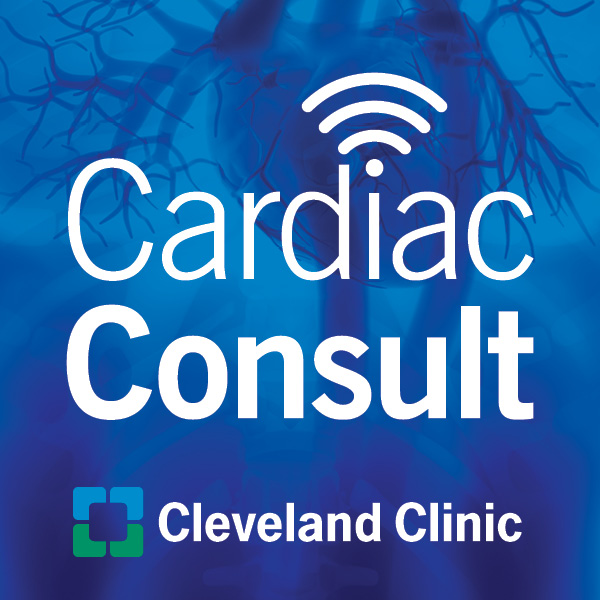
Cardiac Consult
A Cleveland Clinic podcast exploring heart, vascular and thoracic topics of interest to healthcare providers: medical and surgical treatments, diagnostic testing, medical conditions, and research, technology and practice issues.
